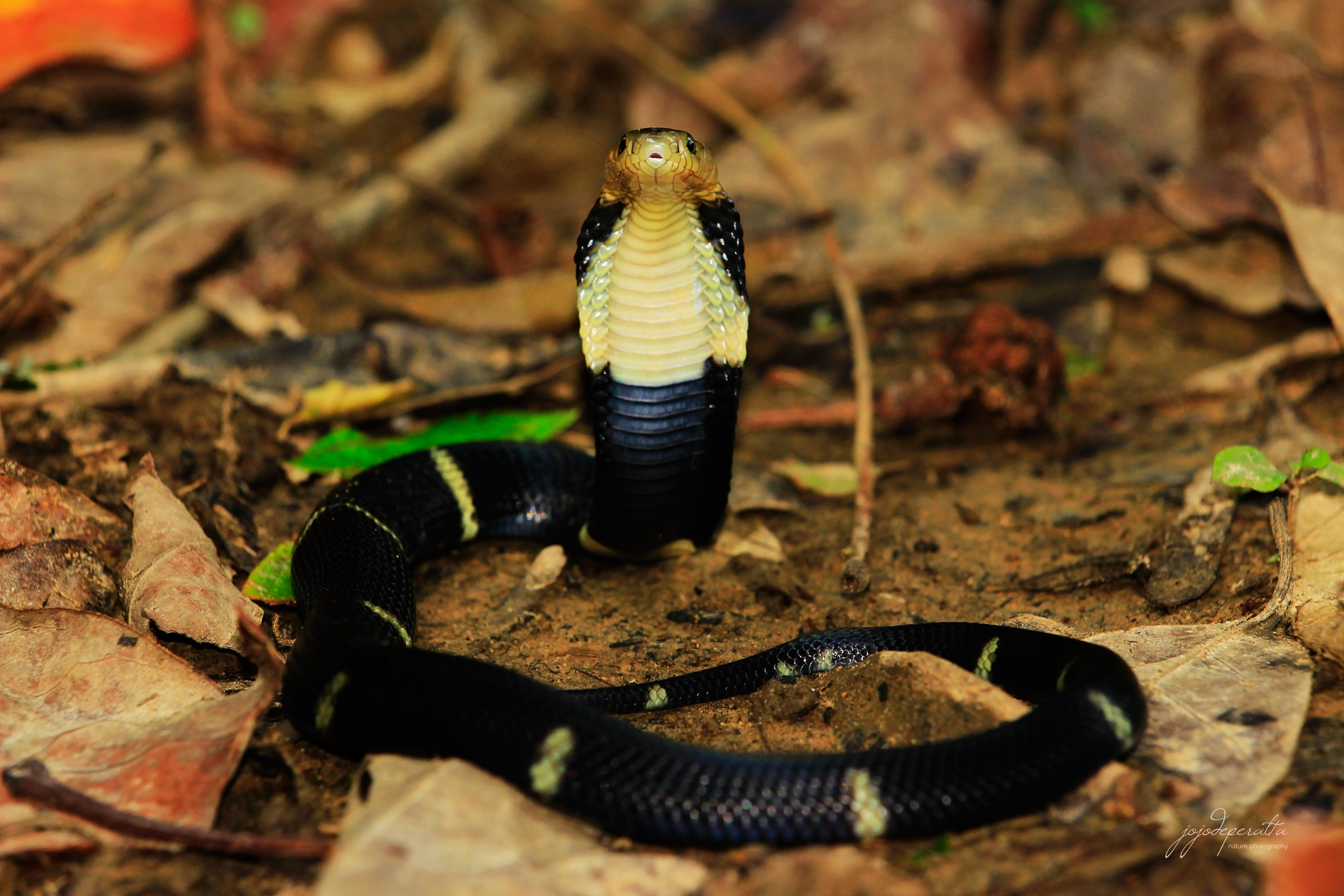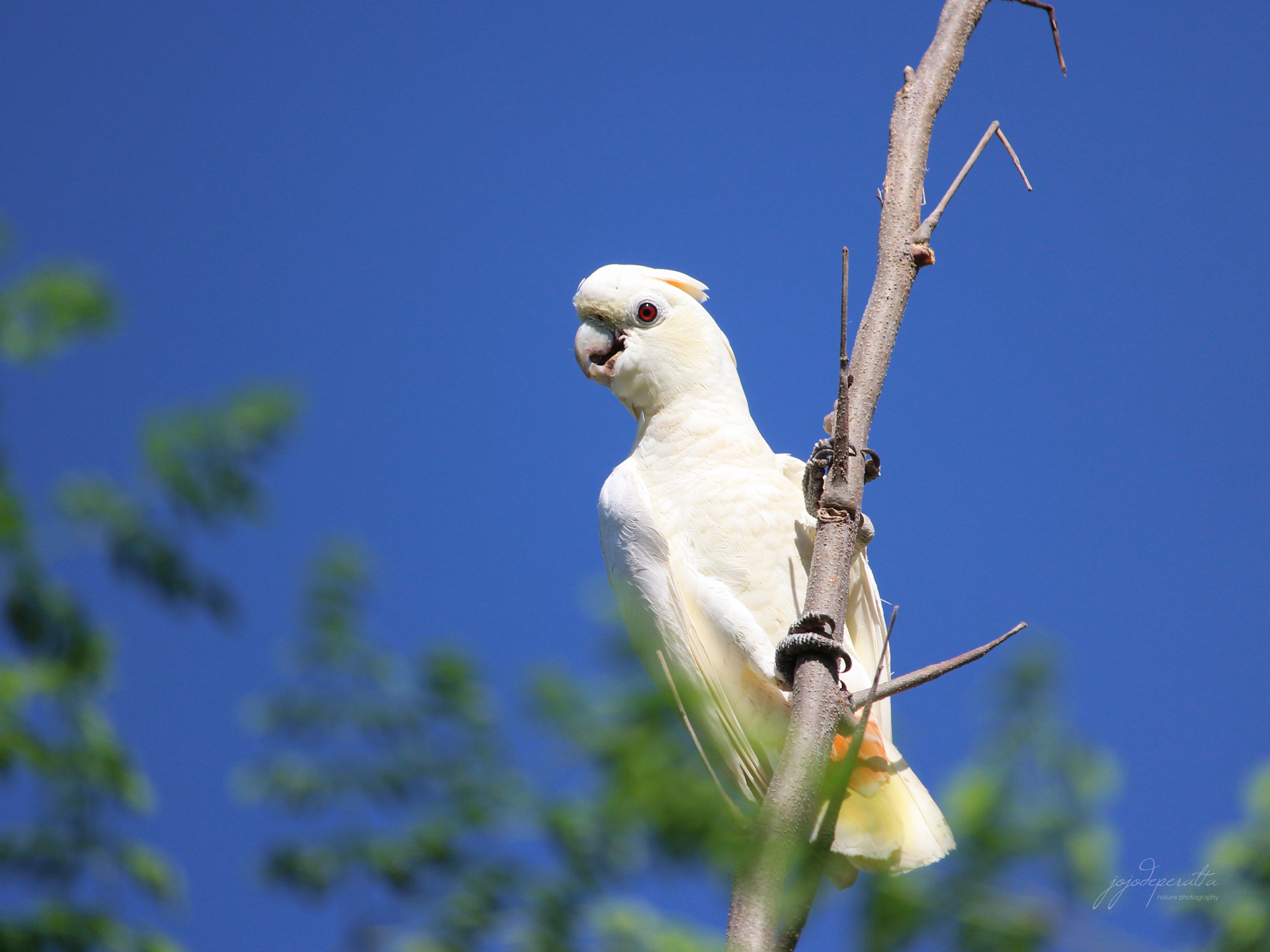Five extraordinary hairstreak butterflies in Palawan
Common name:
Common Posy
Scientific name: Drupadia ravindra ravindrina Staudinger 1889
Scientific name: Drupadia ravindra ravindrina Staudinger 1889
This species
is the most beautiful occurring member of the genus Drupadia in Palawan. Typically
found flying year round, both in wide areas with bushes and lowland shaded forest.
It commonly settles on foliage at a height of 1 foot to 3 meters with its wings
folded upright or slightly apart. This species is not as skittish as most
hairstreaks and often easily photographed. The Drupadia ravindra ravindrina can be found only in Palawan and its northern islands (Calamian and Dumaran).
 |
| Eooxylides tharis tharisides |
Common name:
Branded Imperial
Scientific name: Eooxylides tharis tharisides Fruhstorfer, 1904
This butterfly is certainly one of the most attractive hairstreaks flying in Palawan. It has brilliant orange underside coloration, very distinctive markings, and extraordinarily twisted long tails. This species is usually found in early second growths, forest edges and clearings beside rivers or streams. It tends to skip from leaf to leaf when searching for food, but usually reluctant to move when feeding and easily photographed. The Eooxylides tharis tharisides in the Philippines is confined in Palawan and its southern islands (Balabac islands) where it is uncommon.
Scientific name: Eooxylides tharis tharisides Fruhstorfer, 1904
This butterfly is certainly one of the most attractive hairstreaks flying in Palawan. It has brilliant orange underside coloration, very distinctive markings, and extraordinarily twisted long tails. This species is usually found in early second growths, forest edges and clearings beside rivers or streams. It tends to skip from leaf to leaf when searching for food, but usually reluctant to move when feeding and easily photographed. The Eooxylides tharis tharisides in the Philippines is confined in Palawan and its southern islands (Balabac islands) where it is uncommon.
 |
| Arhopala alitaeus myrtale |
Common name:
Purple Broken-banded Oakblue
Scientific name: Arhopala alitaeus myrtale Staudinger 1889
Scientific name: Arhopala alitaeus myrtale Staudinger 1889
This uncommon fast-flying butterfly is a forest-dependent species. It prefers the shaded understory of tall trees and very rarely seen flying in urban areas. Narrow rivers and streams lined with tall trees on both sides are ideal places when looking for this species. It may be difficult to photograph when it is lurking in shaded areas, as it will take off to the treetops if disturbed or usually when the flash fires. The Arhopala alitaeus myrtale is one of the many eye-catching butterflies that can be found only in Palawan and Calamian, a group of smaller islands in northern Palawan.
 |
| Rachana jalindra palawandra |
Common name:
Banded Royal
Scientific name: Rachana jalindra palawandra Staudinger 1889
Scientific name: Rachana jalindra palawandra Staudinger 1889
A beautiful fast flying species usually found around the edges of second growths and secondary forest. Individuals can sometimes be seen along the side of rivers and mountain streams in the foothills, but rarely in old forests with thick canopies. It is often encountered on the top surfaces of leaves with its wings folded upright. This butterfly is rather skittish and alert to movements. It may be difficult to approach. The Rachana jalindra palawandra is an uncommon butterfly that occurs only in Palawan and the island of Dumaran in northern Palawan.
 |
| Araotes lapithis arianus |
Common name:
Witch
Scientific name: Araotes lapithis arianus Fruhstorfer 1912
Scientific name: Araotes lapithis arianus Fruhstorfer 1912
A witch is popularly depicted as an ugly woman wearing a black cloak, pointed hat and flying on a broomstick. However, there’s nothing ugly about this one. This Witch is elusive, but is one of the most attractive lycaenids in Palawan. Although I saw it a few times in the past years, I only managed to photograph it on one occasion. In Palawan, it seems to be confined in the forest, especially shaded or moist forests and cannot be seen in agricultural and rural areas. In the Philippines, the Araotes lapithis arianus only flies in Palawan where it is uncommon to rare.










